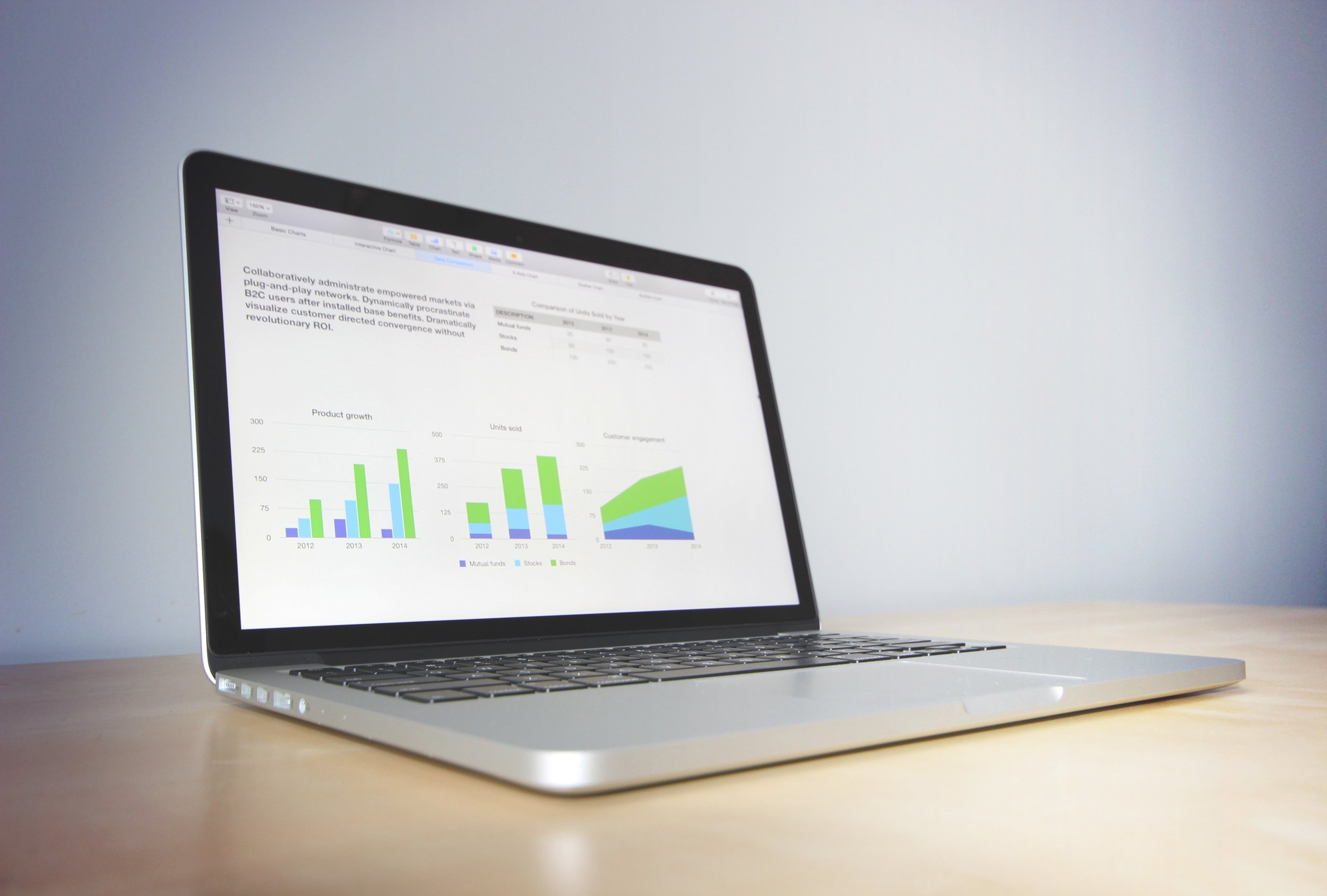PR and digital marketing go together like peanut butter and jelly, like Oreos and milk, like chips and guacamole...oof, is it lunchtime yet?
So if PR and digital marketing go together so well, why don’t more mission-based brands use these two very important branches of their brand advertising to influence one another?
Well, it can get a bit hard to coordinate if you have separate teams or external agency partners managing either. But we highly recommend putting in the effort to connect digital marketing and PR, because that’s when the magic happens. Here’s why.
Digital Can Leverage Upcoming PR Events
Take, for example, your product’s upcoming appearance on Good Morning America, or your exhibition booth at Expo West or ShiftCon. When your digital team is dialed in to these events, they can pre-promote them via social ads, Google extensions and other paid media to increase viewership or foot traffic and increase awareness for your product and brand.
Plus, social media targeting is so creepy that we can even target people who are located in a certain mile radius. This means that we can reach people in the building where Expo West is taking place, during the event, with ads telling them to visit you at your booth. Imagine an attendee taking a lunch break, hopping on Facebook for a moment, and seeing an ad that reminds them to visit your booth that afternoon for a free sample...Mind. Blown.
After your press event is finished, your digital team can also capture keyword searches that come through for “[your awesome product] Expo West / Good Morning America” and the like. It’s also a good opportunity to raise ad budgets to capture this extra branded traffic that’s coming through. If your digital team isn’t dialed into these PR events, you’ll miss the valuable opportunity to amplify their impact.
PR Provides Content for Digital
One of our core beliefs here at MAKA Digital is that putting out new and notable paid media content every 6 to 8 weeks is the best way to engage prospective customers. And a fantastic form of notable content is press mentions and awards given to your brand. When your PR team bakes these highlights into the strategic marketing calendar and keeps your digital team in the loop, it provides a steady stream of valuable content to leverage in social ads and other paid media. When these prospective customers see that your brand has won a NEXTY award, and later been featured in Well+Good, it increases the credibility of your brand and the likelihood that they’ll purchase.
So if that’s the case, what’s the best way to leverage PR content in digital advertising?
If your brand does receive a shoutout in a publication like Well+Good, certainly post about it on social media, but don’t put money behind that post if you’re including a link to visit the article. This sends viewers away to an external site where you can’t cookie or retarget them. Instead, write a blog post about the press mention. Add the unique selling proposition of your brand and a link to shop your products to the post, and then promote that via social media. The post will highlight the press mention while providing the perfect landing page to engage new viewers, and you’ll be sending this valuable traffic to your own site where you can capture and continue to engage them.
The bottom line is this—if you use PR and digital marketing to influence each other, you’ll increase the impact of your press events and position your brand as someone winning frequent awards and mentions from leaders in the industry. Both are excellent ways to impress prospective consumers. Without this connection, you miss noteworthy opportunities to leverage the great things your brand is doing.
Want more help with how to leverage PR in your digital marketing efforts, or want to talk other digital marketing strategies? Schedule a complimentary, sales-pitch-free, 30-minute strategy session with us:





















